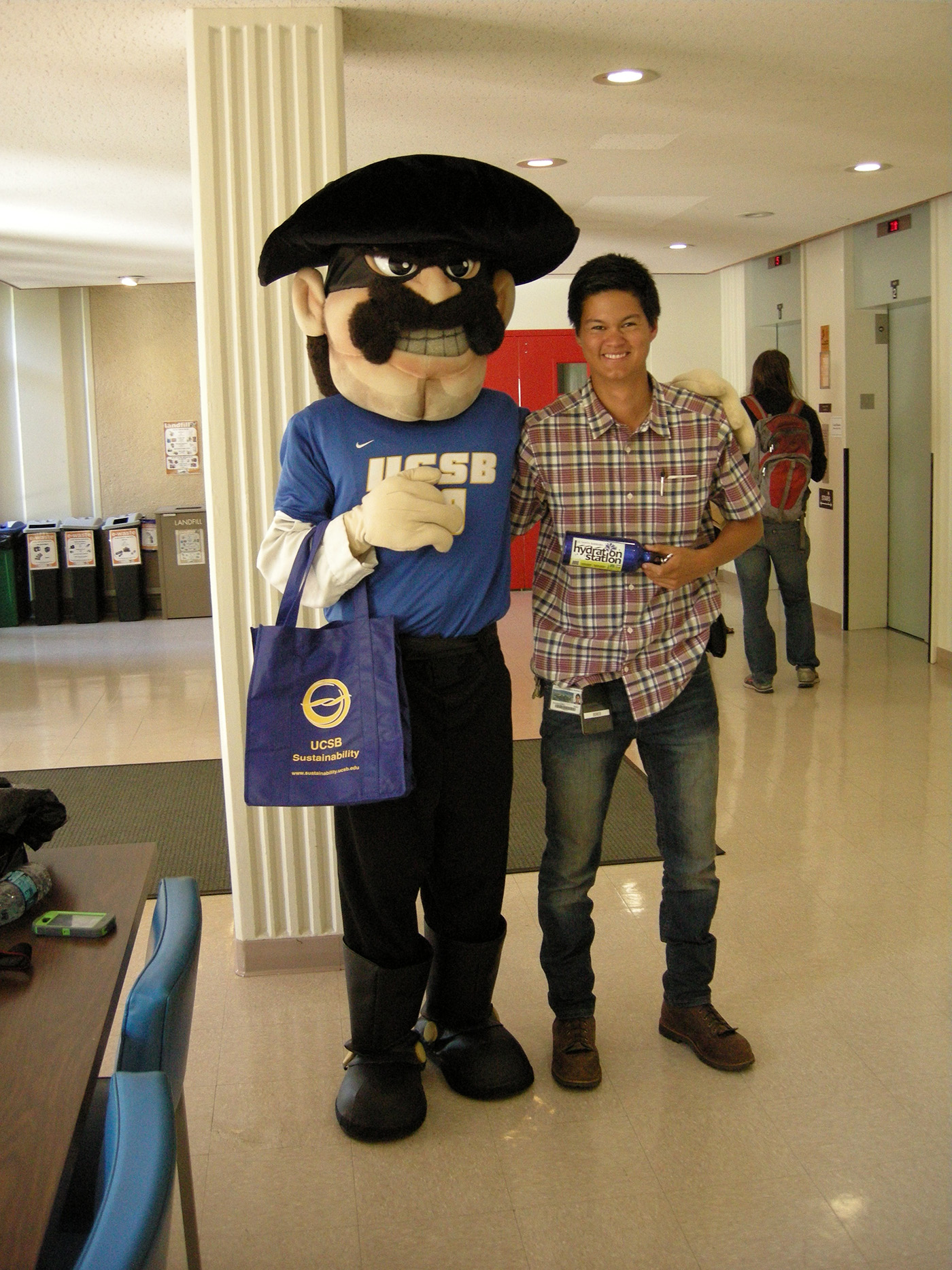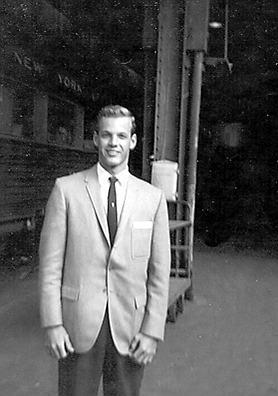School and team emblems, notably Native American mascots, nicknames, and logos, have come under attack in the last few years by the politically correct police, and emblems such as the Dartmouth College “Indian” have bitten the dust (Dartmouth is now simply “The Big Green”; actually, the Indian was never the official mascot).
Even professional sports are under fire to comply with the U.S. Commission on Civil Rights declaration that “the Commission deeply respects the right of all Americans to freedom of expression under the First Amendment and in no way would attempt to prescribe how people can express themselves. However, the Commission believes that the use of Native American images and nicknames in schools is insensitive and should be avoided. Schools have a responsibility to educate their students; they should not use their influence to perpetuate misrepresentations of any culture or people.”
There go the Washington Redskins and, possibly, many more major league names in the future, such as the Kansas City Chiefs, the Atlanta Braves, the Cleveland Indians, the Chicago Blackhawks, and even the Golden State Warriors. OK, I’ll go along with the avoidance of misrepresenting any culture, but it all sounds a bit silly and unnecessary to take it to such extremes.
However, I do admit that some school emblems and names push the limits a bit far. West Virginia’s Point Pleasant “Big Blacks” is a case in point. Another disturbing example is “Nathan Bedford Forrest High School” in Jacksonville, Florida, which is named for Confederate General and first Grand Wizard of the Ku Klux Klan, Nathan Bedford Forrest. Then there’s the Yuma High School “Criminals” in Arizona, the Pekin (Illinois) “Chinks,” the Freeburg (Illinois) Community High School “Midgets,” and, wait for it, the “Hooker Horny Toads” in Oklahoma. The list goes on (more here).
The USC Trojans moniker invites rude jokes but has managed to remain unchanged. However, some school names are deliberately funny, perhaps as a reaction to all the excessive PC stuff, and I applaud schools that have such a sense of humor. Hats off to the University of California, Irvine Anteaters and the U.C. Santa Cruz Banana Slugs in particular!
UCSB’s moniker is “The Gauchos,” and I’m surprised that it hasn’t offended South American cowboys in the same way that “redskins” upset North American Indians. I guess the term “cowboys” is more politically correct than “Indians” on a cultural level, so a certain Dallas football team is safe for now. Either way, the Gaucho emblem, as farcical as it is, is relatively tame, at least compared to Gaucho sports songs. Here’s a sample:
El “C” Grande (The Big “C”)
We are Sons of Santa Barbara (or California) / Fighting for the Gold and Blue / Palms of glory we will win / For Alma Mater true / Poly’s men will soon be routed / By our dazzling U-C-S-B / We’ll stomp ’em in the mud / Their green will turn to blood / In our hour of victory! / U! C! Sss! B! U-C-S-B. Go Gauchos!
If you think the stanza of “We’ll stomp ’em in the mud/Their green will turn to blood” is on the gory side, here’s another Gaucho song that’s equally offensive, at least in terms of poetics:
California, Here I Come
When the wintry winds starts blowing, / And the snow is starting in the fall, / Then my eyes went westward knowing, / That’s the place that I love best of all. / California I’ve been blue, Since I’ve been away from you, / I can’t wait ’till I get going, Even now I’m starting in a call: / California, Here I Come, Right back where I started from. / Where bowers of flowers, Bloom in the spring. / Each morning at dawning, Birdies sing at everything. / A sun-kissed miss said, “Don’t be late!” That’s why I can hardly wait. / Open up that golden gate, California, Here I Come.
Of course, “Men of Dartmouth” also has some delectable lines that babble on about the “sturdy sons of Dartmouth”:
Men of Dartmouth, give a rouse / For the college on the hill / For the Lone Pine above her, / And the loyal sons who love her. / Give a rouse, give a rouse, with a will! / For the sons of old Dartmouth / The sturdy sons of Dartmouth, / Though ‘round the girdled earth they roam, / Her spell on them remains; / They have the still North in their hearts, / The hill winds in their veins, / And the granite of New Hampshire / In their muscles and their brains.
PS: There’s also been something of a public furor over the Pentagon’s tradition of naming military aircraft after Native American tribes. Critics claim the monikers are insulting—just as some believe that naming sports teams “Redskins” or “Indians” is derogatory. Most—but not all—are Army helicopters. Some are currently in service, some have retired and others never got off the drawing board. Aircraft and missiles in service include the:
- AH-64 Apache attack helicopter
- UH-60 Black Hawk utility helicopter
- UH-72 Lakota utility helicopter
- CH-47 Chinook heavy-lift transport helicopter
- OH-58 Kiowa observation helicopter, which the Army is considering retiring
- OH-6 Cayuse observation helicopter
- TH-67 Creek trainer helicopter—the Army may also retire them
- C-12 Huron transport aircraft
- RU-21 Ute electronic intelligence aircraft, a variant of the C-12
- BGM-109 Tomahawk cruise missile
Noam Chomsky has clarified the moral stakes in provocative, instructive terms: “We might react differently if the Luftwaffe were to call its fighter planes ‘Jew’ and ‘Gypsy.’ ”
Article by your editor, cold-hearted and hard-headed Bill Norrington, who is also a UCSB alumnus: Birdies sing at everything…






